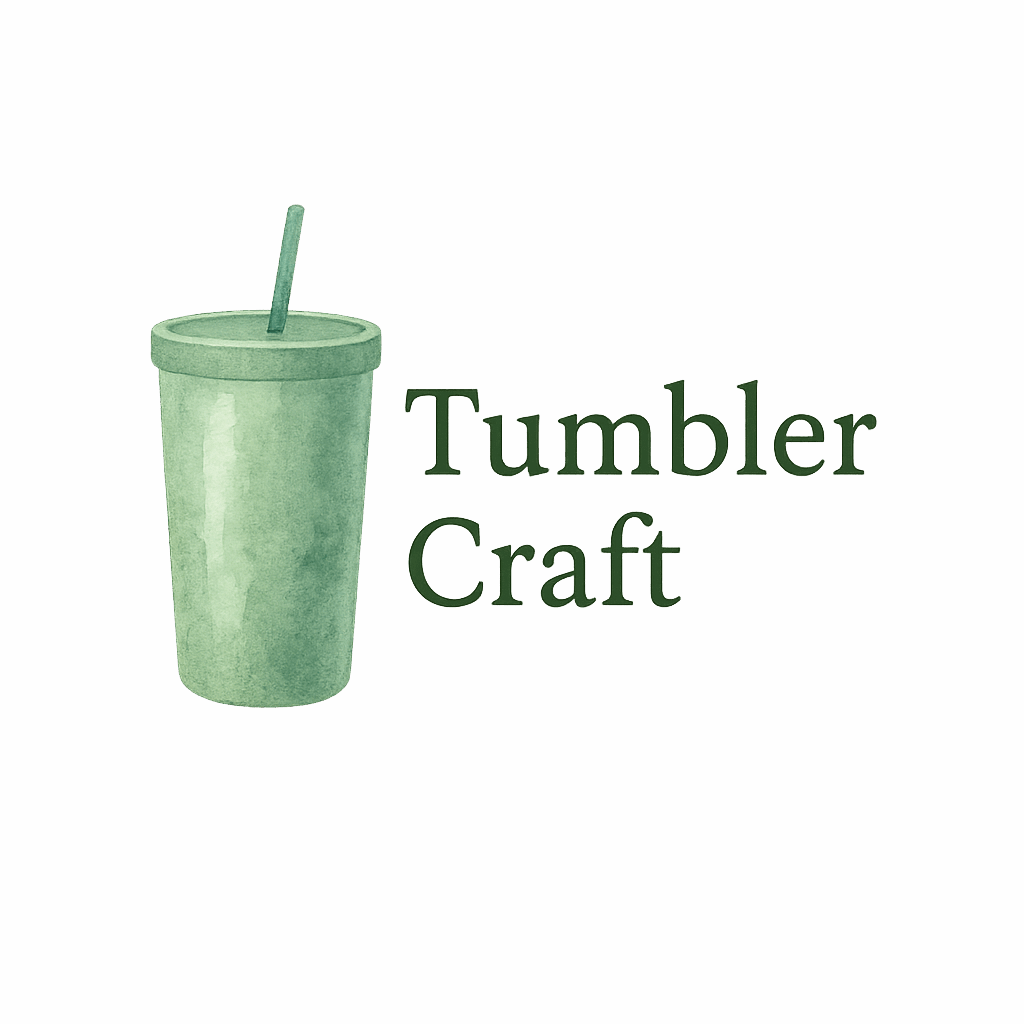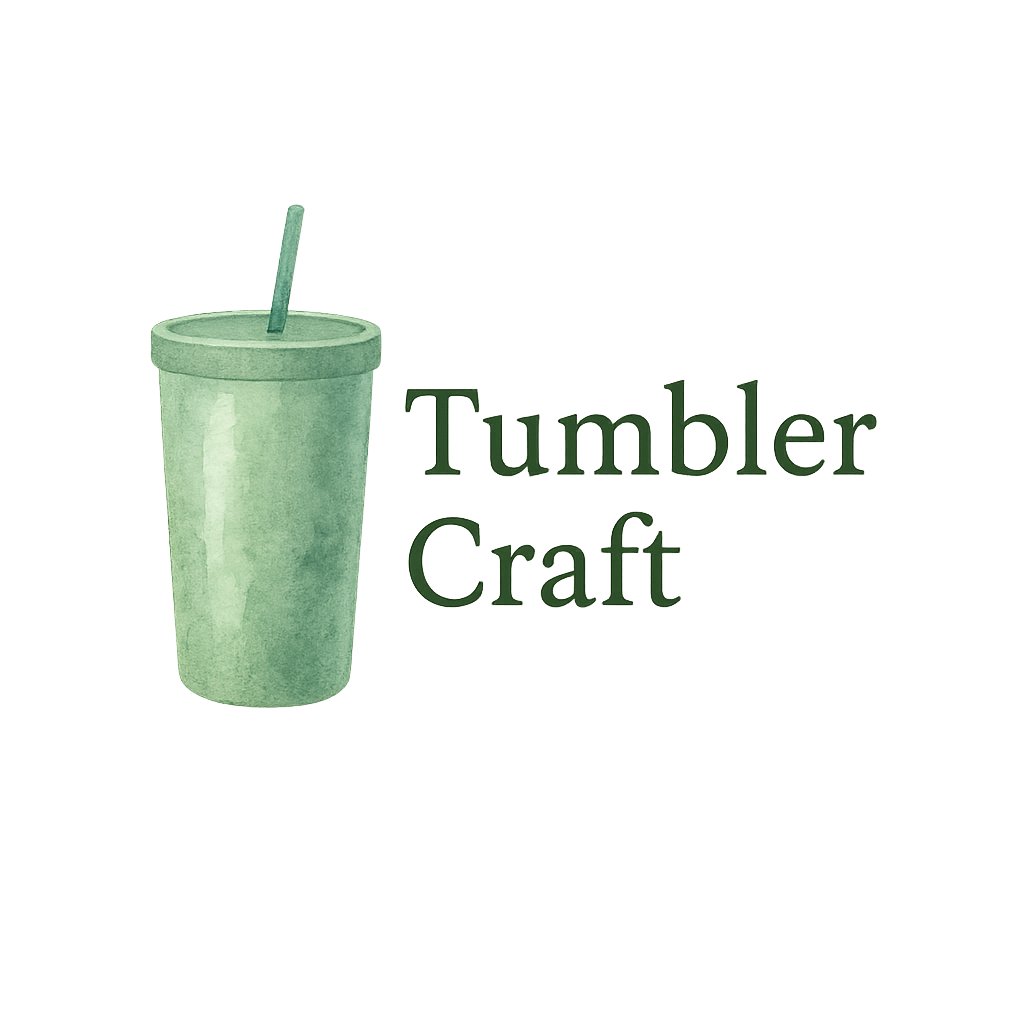If you’ve ever crafted a tumbler only to discover fingerprints, dust, or smudges ruining the finish—you’re not alone. Clean tools make clean crafts. In the wild and wonderful world of tumbler making, a flawless finish isn’t just an accident—it’s the result of precision, care, and, most importantly, cleanliness. Let’s dive into the 9 essential cleaning tools that keep your tumbler crafts spotless.
Why Clean Tools Matter in Tumbler Crafting
The Impact of Residue on Tumbler Finish
Even a tiny speck of dust or leftover resin on your tools can compromise your tumbler’s look. If you want that glassy, professional finish, cleanliness is non-negotiable.
How Clean Tools Boost Efficiency
Think of cleaning tools like pit crew members in a race—they keep everything running smoothly. Clean brushes apply resin evenly. Clean hands prevent smudges. Clean workspaces help you focus.
Want to step up your game? Check out these helpful tutorials on proper finishing techniques.
Must-Have Cleaning Tools for Every Crafter
Let’s roll up our sleeves and explore the cleaning tools that keep your tumbler workspace—and your final products—looking top-tier.
1. Microfiber Cloths
Why Microfiber Wins Over Regular Cloth
Microfiber is a tumbler crafter’s best friend. These ultra-soft cloths trap dust, soak up spills, and won’t scratch your tumblers. They’re reusable, washable, and perfect for polishing your final pieces.
You can also pair these with some DIY cleaning solutions for an eco-friendly clean.
2. Silicone Brush Set
Perfect for Epoxy and Resin Residue
After working with epoxy or resin, tools get sticky fast. Silicone brushes are non-stick, flexible, and easy to rinse off. Perfect for cleaning mixing cups or epoxy drips before they harden.
Pro tip: Use them before your epoxy fully cures. Learn more about cleaning epoxy in this epoxy tumbler guide.
3. Detail Cleaning Brushes
Get Into Every Nook and Cranny
Need to clean tight corners in your lids or tumbler bases? Small detail brushes (think baby bottle brush size) are perfect. Look for ones with soft bristles that won’t scratch.
Find more tool recs in our must-have tools section.

4. Alcohol Spray Bottles
Fast-Drying, Streak-Free Cleaning
Isopropyl alcohol (70–90%) in a fine-mist spray bottle cuts through residue and dries fast without streaks. It’s ideal for prepping surfaces before applying vinyl or epoxy.
Spritz and wipe with a microfiber for that pristine base layer.
5. Cotton Swabs and Q-Tips
Great for Small Spots and Seams
Don’t underestimate these tiny tools. Q-tips are lifesavers when you need to clean out seams, lid threads, or the area around your decals. Dip in alcohol for precision cleaning.
They’re a favorite among beginner crafters for good reason.
6. Lint Rollers
The Secret to Dust-Free Surfaces
Dust is your enemy. Lint rollers grab those invisible particles from your workspace, tumblers, or even your shirt before crafting. Keep one nearby at all times.
And yes—flawless finishes often start with a lint roller swipe!
7. Disposable Gloves
Stay Clean While You Clean
Your hands carry oils, dirt, and lint. Use disposable gloves (nitrile preferred) to keep your tumbler surface—and your hands—clean during crafting and cleanup.
Make it a habit every time you start a new project.
8. Compressed Air Cans
A Blast of Clean for Dusty Gaps
You know those air cans used for keyboards? They’re magic for blowing out debris from lids, seals, and those tough-to-reach crevices.
Keep one at your station—you’ll thank yourself later.
9. Soft Sponges and Scrub Pads
When You Need Gentle Yet Effective Scrubbing
For sticky messes or hardened gunk, soft scrub pads do the trick without damaging the tumbler surface. Avoid anything abrasive unless you’re stripping old designs.
For more cleaning strategies, see our crafting techniques tips.
Tips for Maintaining Clean Tools
Set a Cleaning Routine
Clean your tools right after use—it’s easier and prevents buildup. Set a 5-minute post-project timer to clean brushes, sponges, and work areas.
Store Your Cleaning Tools Properly
Dry them thoroughly and keep them in separate containers from your crafting supplies to avoid cross-contamination.
Use the Right Tool for the Right Job
Mixing up your brushes or reusing epoxy tools for vinyl work? That’s a recipe for smudges. Dedicate tools for each job and label them if needed.
Cleaning for Different Tumbler Materials
Stainless Steel Tumblers
Use alcohol sprays and microfiber cloths. Avoid bleach or harsh abrasives—they can damage the finish.
Plastic Tumblers
Stick with mild soap and soft sponges. Harsh cleaners may cause cloudiness or cracks.
Epoxy-Coated Tumblers
Never use abrasive pads. Alcohol wipes and silicone brushes are your go-to tools here. Want a deep dive? Explore this DIY tumbler cleaning tutorial.
Where to Find the Best Cleaning Gear
Go-To Tools and Materials Shops
We love the recommendations over at TumblerCrafts.com/tools-materials where pros and hobbyists alike list their favorites.
Trusted Recommendations from the Crafting Community
Need inspiration or looking to compare notes? Tap into the tumbler influencers and check out the follow inspiration tags.
Final Thoughts
A clean tumbler isn’t just about looks—it’s about pride, quality, and customer satisfaction. Whether you’re crafting for fun or building a business, the tools you use matter just as much as your creative flair. Don’t let dust, residue, or fingerprints mess with your masterpiece. Stay spotless and let your tumblers shine!
Are you thinking about starting your own craft business? Don’t miss our guide on craft pricing and how to sell tumblers like a pro.
FAQs
1. What’s the best way to clean epoxy off tools?
Use a silicone brush and wipe it down with alcohol before the epoxy fully cures. Once hardened, it’s much harder to remove.
2. Can I reuse microfiber cloths?
Absolutely! Wash them with mild detergent and air-dry for best results.
3. How often should I clean my crafting tools?
After every use. Build the habit early—it saves time and frustration.
4. Are all cleaning sprays safe for tumblers?
Stick to isopropyl alcohol or mild soap. Avoid bleach and ammonia-based cleaners.
5. What gloves are best for crafting?
Nitrile gloves are sturdy, resist chemicals, and don’t tear easily—ideal for epoxy work.
6. Where can I find a complete list of beginner-friendly tools?
Check out our start crafting tag and the beginner crafts section.
7. Can dirty tools really ruin a tumbler project?
Yes! Residue or dust can cause uneven finishes, bubbles in epoxy, or ruined vinyl decals.


